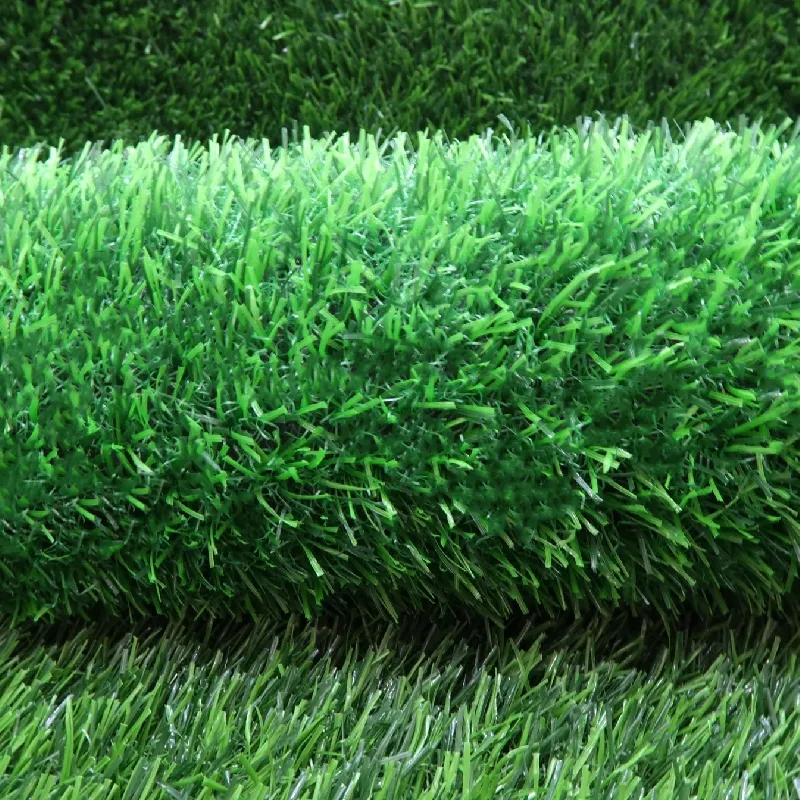
- Afrikaans
- Arabic
- Belarusian
- Bengali
- Czech
- Danish
- Dutch
- English
- Esperanto
- Estonian
- Finnish
- French
- German
- Greek
- Hindi
- Hungarian
- Icelandic
- Indonesian
- irish
- Italian
- Japanese
- kazakh
- Rwandese
- Korean
- Kyrgyz
- Lao
- Latin
- Latvian
- Malay
- Mongolian
- Myanmar
- Norwegian
- Persian
- Polish
- Portuguese
- Romanian
- Russian
- Serbian
- Spanish
- Swedish
- Tagalog
- Tajik
- Thai
- Turkish
- Turkmen
- Ukrainian
- Urdu
- Uighur
- Uzbek
- Vietnamese
artificial turf preparation
Nov . 14, 2024 08:41 Back to list
Preparing Artificial Turf A Comprehensive Guide
Artificial turf has become an increasingly popular choice for landscaping, sports fields, and residential lawns. Its low maintenance and enduring quality make it an appealing option for many homeowners and organizations. However, proper preparation is crucial to ensure the longevity and functionality of artificial turf. This article will guide you through the essential steps in preparing the ground for artificial turf installation.
Step 1 Planning and Design
Before diving into the installation process, spend some time planning and designing the layout of your artificial turf area. Consider the dimensions, shape, and specific use cases. Will it be a play area for children, a sports field, or a decorative lawn? Understanding the intended use will inform your design choices, such as the type of turf and its placement.
Step 2 Choosing the Right Type of Turf
Not all artificial turfs are created equal; choosing the right type for your needs is fundamental. Products vary in texture, color, and durability. Consult with manufacturers or suppliers to select the most appropriate turf for your intended application. If you’re unsure, seek samples to gauge the appearance and feel.
Step 3 Removing Old Grass and Debris
The next step is to prepare your existing lawn or area where you plan to install the turf. Start by removing any old grass, weeds, and debris, as these can disrupt the installation process and cause uneven surfaces underneath the turf. Use a sod cutter or shovel for larger areas, aiming to remove the top layer of soil and roots to a depth of 2 to 4 inches.
Step 4 Leveling and Grading the Surface
Once you’ve cleared the area, focus on leveling and grading the surface. This is a crucial step, as an even surface will ensure proper drainage and a smooth appearance once the turf is laid. Use a rake to spread the soil evenly and a compactor or roller to create a firm base. It’s essential to create a slight slope for drainage purposes, directing water away from buildings or other structures.
Step 5 Installing a Barrier and Base Material
To prevent weed growth and extend the lifespan of your artificial turf, installing a weed barrier fabric is advised. This barrier will help inhibit weed growth from below while allowing for proper drainage. After laying the barrier, add a base material, typically crushed granite or decomposed granite, to create a solid foundation. The base should be about 3 to 4 inches deep.
artificial turf preparation

Step 6 Compacting the Base
Once the base material is evenly distributed, it must be compacted to create a firm, stable surface. This can be done using a plate compactor or roller. Make sure the surface is smooth and well-compacted to avoid any lumps or uneven spots in your turf.
Step 7 Laying the Turf
With your base prepared, it’s time for the installation of the artificial turf. Roll out the turf in the desired direction and ensure that the seams align properly. If necessary, trim any excess turf using a sharp utility knife, being careful not to damage the fibers. Secure the edges of the turf using landscape staples or adhesive tape.
Step 8 Adding Infill Material
Infill material mimics the feel of natural grass and provides support for the turf fibers. Various options are available, such as silica sand or rubber granules. Apply the infill evenly across the surface using a spreader, ensuring you achieve the correct depth as recommended by the turf manufacturer.
Step 9 Grooming the Surface
After the infill is applied, it’s important to groom the surface to ensure that the turf fibers stand upright and the infill is evenly distributed. Use a power broom or turf rake to fluff the fibers and mix the infill material.
Step 10 Regular Maintenance and Care
Finally, to maintain your artificial turf’s appearance and functionality, proper care is necessary. Regularly remove debris, ensure the infill remains evenly distributed, and brush the fibers to keep them standing tall. Occasional rinsing with water can help to remove dust and allergens, ensuring a clean and vibrant appearance.
Conclusion
Proper preparation and installation of artificial turf can lead to a beautiful, low-maintenance landscape feature. By following these steps, you can ensure that your investment pays off for years to come. With the right preparation, your artificial turf will not only thrive but also enhance your outdoor space's beauty and utility.
-
The Benefits of Artificial Turf for Indoors
NewsJul.15,2025
-
How Artificial Grass Suppliers Ensure Quality Products
NewsJul.15,2025
-
Artificial Grass and Pets: A Space for Relaxation
NewsJul.08,2025
-
Balcony & Outdoor Decoration with Artificial Grass
NewsJul.08,2025
-
Best Indoor Artificial Grass for Home
NewsJul.07,2025
-
Best Pet Turf for Dogs: Safe & Durable Artificial Grass Options
NewsJul.07,2025
Products categories









